Treatment for Sports-Related Injuries in Las Vegas
Schedule A Pain Management Consultation
Injury treatment for sports-related pain is a delicate balance between allowing you to get back on the field or court as quickly and safely possible, while also ensuring that your body heals correctly. Our team can help with innovative solutions designed by doctors who understand what it takes not only play ball but be an athlete too!
Sports-Related Injuries Q & A
What Types of Sports Injuries are Most Common?
Sports-related injuries can happen to anyone, even those who don’t play sports. You’re most likely to sustain one if you make contact with others or move around repetitively while doing activities like running in a high-speed fashion which puts strain on joints throughout your body especially ones near the shoulder blades area.
The following list includes common sports-related musculoskeletal problems which may arise:
- ACL tears
- Ankle sprains
- Shin splints
- Tennis elbow
- Tendon ruptures
- etc.
These and many other conditions can happen at any time during your favorite game.
What are Some Symptoms from Sports Injuries?
The list of symptoms from pain to swelling is extensive and can include anything that captures your attention for even just a moment. Limited movement, joint instability, or even inability to use the damaged area are common outcomes when dealing with chronic inflammation in joints which often leads to constant discomfort over time because it becomes hard-wired into our system’s biology.
What Treatments May Be Used for Sports Injuries?
Potential treatment options include:
- Bracing
- Epidural steroid injections
- Joint injections
- Viscosupplementation (“gel”)
- Nerve blocks
- Radiofrequency ablation
- Spinal cord stimulation
You should expect to be treated by a sports medicine specialist who will work with your physician on the diagnosis and treatment of any injuries. A typical visit includes an examination, review of previous medical history, relevant X-rays or films if needed along with a careful explanation about what you can do at home between visits.
